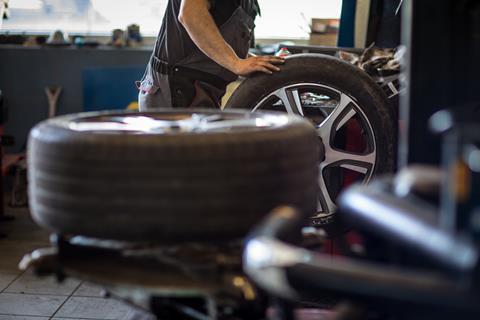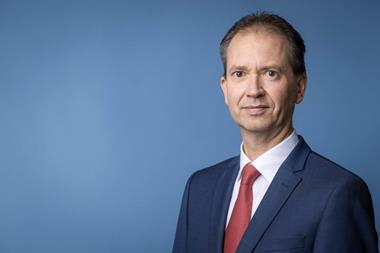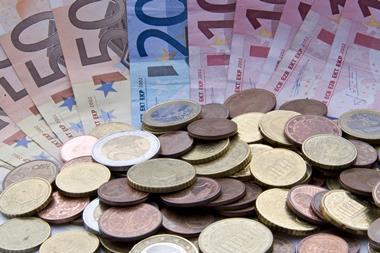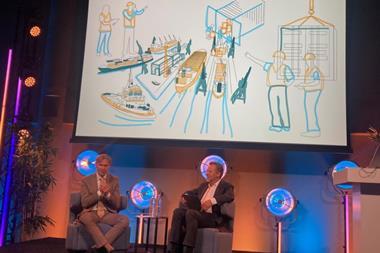The industry fund for Dutch producers of tyres and wheels wants to take more investment risk to increase its return potential. “We have a young population that wants to invest relatively heavily in equities,” said Paul de Geus, a trustee at the €770m fund.
The weight of the fund’s return portfolio in the overall asset mix is already increasing in the run-up to the transition to a defined contribution (DC) arrangement, which is foreseen for 2026.
At the end of last year, this weight was 58%, according to the fund’s annual report. This year, this has been increased to 65%, combined with a higher interest rate hedge, according to de Geus.
In 2026, after the DC transition, the return portfolio will be further increased to 78.5%. As a result, the size of the matching portfolio, which mainly contains bonds, will decrease to 21.5%.
According to de Geus, the transition to the new pension system comes at an appropriate time for Bpf Banden en Wielen.

He said: “In the new system, we can invest in a much more targeted way by age cohort and the risk preference survey among participants shows that the younger cohorts are able and willing to take more risk.”
De Geus acknowledged that the allocation to risky investments will soon be very significant relative to many other pension funds. “But not very many funds have such a young population as we do,” he noted.
Trapped
In the current system, the fund is not allowed to increase risk, de Geus said.
“We had more bonds and loans in the portfolio than we wanted. Because of the relatively young age of the participants, we therefore had to deal with a long-term exposure to interest rate risk, which caused the funding ratio to be far too low for our fund,” he explained.
According to de Geus, the fact that the pension fund is already able to increase the size of its return portfolio to 65% is related to the simultaneous increase in the interest rate hedge.
“We already increased that hedge to 70% in 2023 and recently to 80%. This freed up space to invest more in the return portfolio with a similar risk profile.”
By increasing risk before the transition, the tyres and wheels fund goes against a trend that sees funds reducing risk.
This article was first published on Pensioen Pro, IPE’s Dutch sister publication. It was translated and adapted for IPE by Tjibbe Hoekstra


















No comments yet